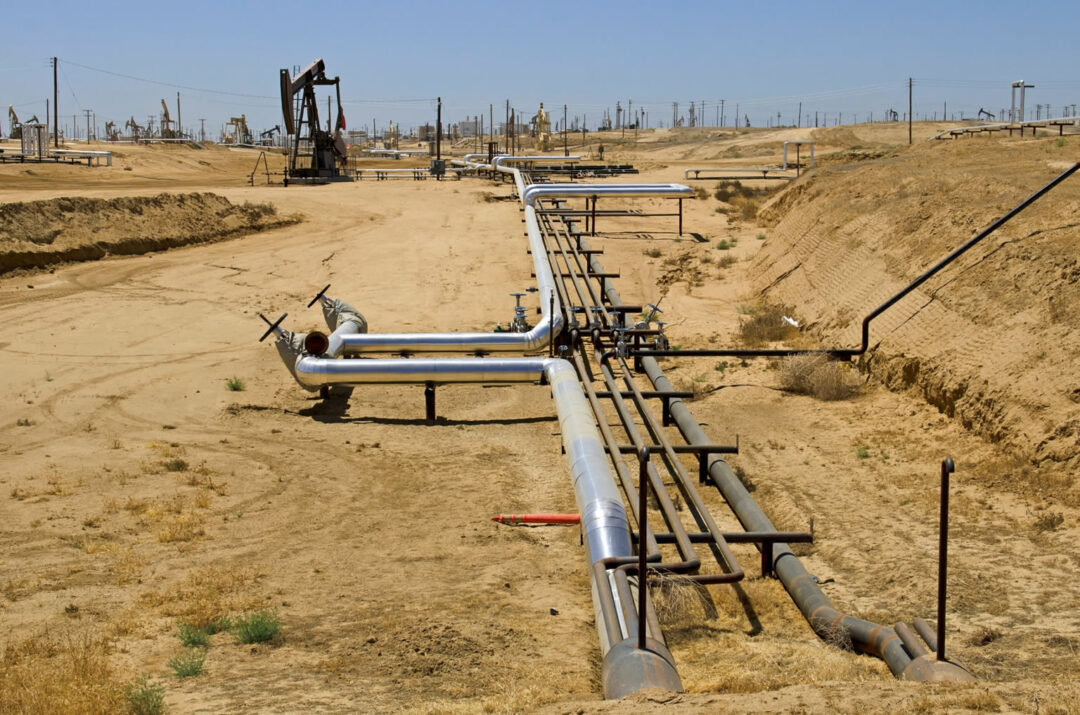
California Exempts Aquifers from Environmental Protection, Threatening Water Supply

The U.S. Environmental Protection Agency (EPA) grants these exemptions to underground aquifers considered too salty or dirty to be used, as distinguished by the Safe Drinking Water Act, from underground sources of drinking water. However, companies can file petitions to change the classification of an aquifer often arguing that the water has already been polluted or too deep in the ground to actually be used for drinking water. Once the classification has been changed, the aquifer is no longer considered a source of drinking water and qualifies for an exemption.
While applications for exemptions generally undergo extensive scientific scrutiny today, when the Safe Drinking Water Act was initially implemented the federal government gave leeway in order to win state and industry support for the new regulation. Because of this, large swaths of land were granted blanket exemptions.
Poor record keeping by both EPA and the state of California make it difficult to identify exactly where these early exemptions took place and where exactly pollutants were injected into ground water. This problem was not confronted until only recently in 2011, when EPA criticized California for mismanaging its 52,000 waste wells and threatened federal oversight. In their attempt to fend off EPA, California’s own review discovered that more than 2,000 waste wells were not injecting waste into an exempt area but directly into drinking water aquifers, 140 of which were the highest quality aquifers.
Many actions have occurred since then, but 11 waste wells will remain open until the end of this year because neither federal nor state officials are sure whether they were exempted in the 1980s. Now, instead of confirming the borders of hundreds of legacy sites and restricting them, the Department of Conservations is considering 70 new aquifer exemptions, in some cases redrawing the boundaries to include areas where waste has been illegally injecting into ground water for years. Many of these exemptions will be allowed due to the already poor quality of the water, but officials have misplaced confidence that the pollution will not leach into surrounding sources of drinking water.
“An exemption might cover the water soaked up in one particular layer of rock, at a certain depth, even while wells extract water from aquifers above or below it,” says the article, adding, “The state’s assessment that pollution will remain confined is often dependent on an oil company maintaining a specific pressure underground, making the future of the clean water vulnerable to human error.” In fact, numerous cases have been documented where contamination has spread. This is important because the proposed exemptions will be in areas near farms where fruits and nuts are grown using ground water such as the Kerns Water Bank, the state’s largest underground water storage facility which lies above at least one exempted aquifer and is pierced by dozens of oil wells.
Reference1. A. Lustgarten. “California and EPA Poised to Expand Pollution of Potential Drinking Water Reserves,” ProPublica, www.propublica.org/article/california-epa-poised-expand-pollution-of-potential-drinking-water-reserves, accessed Aug. 30, 2016.
Published in WholeFoods Magazine October 2016

The editorial team at WholeFoods Magazine has decades of experiences reporting on natural products industry news, trends, and more. This national, monthly business-to-business magazine has been published continuously for nearly 40 years (the magazine was founded in 1977, and has been owned by Wainer Finest Communications since 1984). It is the longest-tenured media outlet of its kind in the natural products industry. The editorial focus at WholeFoods Magazine is, and always has been, on informing and educating members of the natural products industry.
The Magazine
Information
About Us
NOTE: WholeFoods Magazine is a business-to-business publication. Information on this site should not be considered medical advice or a way to diagnose or treat any disease or illness. Always seek the advice of a medical professional before making lifestyle changes, including taking a dietary supplement. The opinions expressed by contributors and experts quoted in articles are not necessarily those of the publisher or editors of WholeFoods.







